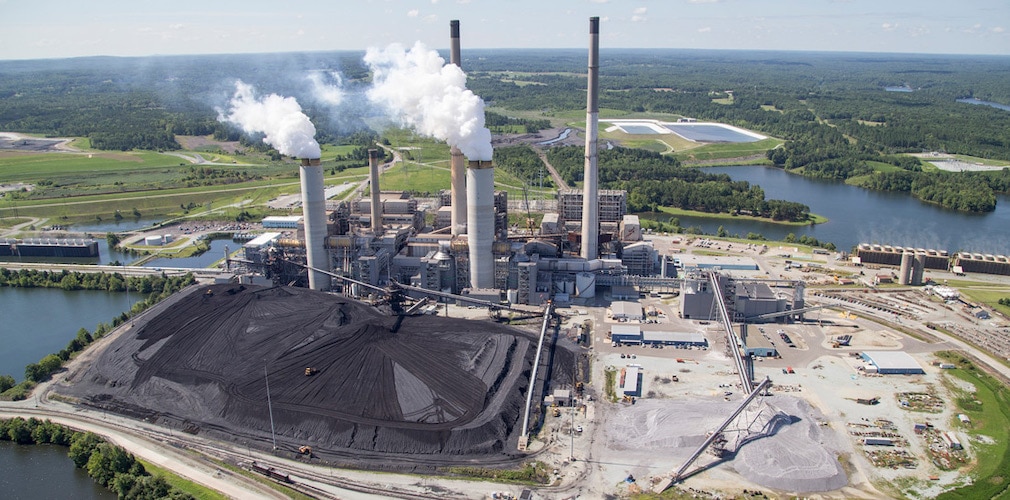San José Clean Energy and Peninsula Clean Energy have launched a joint request for offers for the purchase of 1 million megawatt-hours annually of new, long-term renewable energy or renewable energy-plus-battery storage resources, enough to power about 200,000 homes each year. They are seeking power purchase agreements lasting at least 10 years and those allowing projects to begin operation no later than the end of 2024. To date, Peninsula Clean Energy has contracted for 550 MW of clean energy resources including the 200-MW Wright Solar Project – the largest renewable energy installation built for a CCA – that came online in January and the 100-MW Mustang Two solar project expected to come online in December. Source: SJCE
Headline Solar will begin the largest commercial solar panel installation to-date in DuPage County at Mazzone Pasta in Bloomingdale, Illinois. The 30,000 sq. ft. manufacturing facility will feature 286 solar panels covering 7,793sf of rooftop and generate an estimated 143,120 kWh in electricity via solar power per year for the next 30 years. Headline Solar, the fastest growing solar company in Illinois, will design and install the solar panel system for Mazzone. In the last year Headline Solar has installed hundreds of residential solar panel systems for homeowners throughout the Chicagoland area. This will be one of the company’s first and largest commercial installations. Source: Headline Solar
Costs of small modular nuclear reactors concern Utahns: The nonprofit Utah Taxpayers Association will hold a virtual news conference this morning to urge the 34 municipalities in Utah, Idaho, New Mexico and California participating in the controversial Utah Associated Municipal Power Systems small modular nuclear project to “step back and open up the process to public scrutiny.” On September 14, 2020 ratepayers will be locked into more than $100 million in commitments by a September 14th deadline and billions of dollars of risks later on. The need for such openness is particularly important while the nuclear industry is currently facing major credibility problems with scandals in Ohio, Illinois and South Carolina. When: 11 a.m. MT/10 a.m. PT/1 p.m. ET on Tuesday, August 4. Where: Dial 1 (877) 418-4267. Ask for the “nuclear transparency” news event.
A research brief published today by the Institute for Energy Economics and Financial Analysis (IEEFA) concludes that the abrupt recent shutdown of the Petra Nova coal-fired carbon capture plant in Texas should be seen as a strong signal for investors to avoid such projects. The report describes how the project failed to perform as predicted after going online in January 2017 and how its recent mothballing by NRG Energy should warn investors off other coal-fired carbon capture projects. The 240-MW Petra Nova project, located at Unit 8 of the W.A. Parish Generating Station near Houston, was the only commercially operational coal-fired CCS project in the U.S. It has been cited frequently by carbon capture promoters as a shining model of success that could be replicated widely to keep coal-fired plants online and was advertised as a means to use carbon dioxide emissions to improve production in nearby oil wells.The IEEFA report concludes that Petra Nova failed to perform as advertised and that other planned coal-fired carbon capture projects face a similar fate. Such projects include one promoted heavily in New Mexico by Enchant Energy and another backed by Minnkota Power Cooperative in North Dakota. Full report: Petra Nova Mothballing Post-Mortem: Closure of Texas Carbon Capture Plant Is a Warning Sign Source: IEEFA
This content is protected by copyright and may not be reused. If you want to cooperate with us and would like to reuse some of our content, please contact: editors@pv-magazine.com.








Coal is on the way out. Nuclear has been dead for 10 years. Can you believe we subsidies these terrible power choices. If they didn’t get government support they would have been gone years ago.